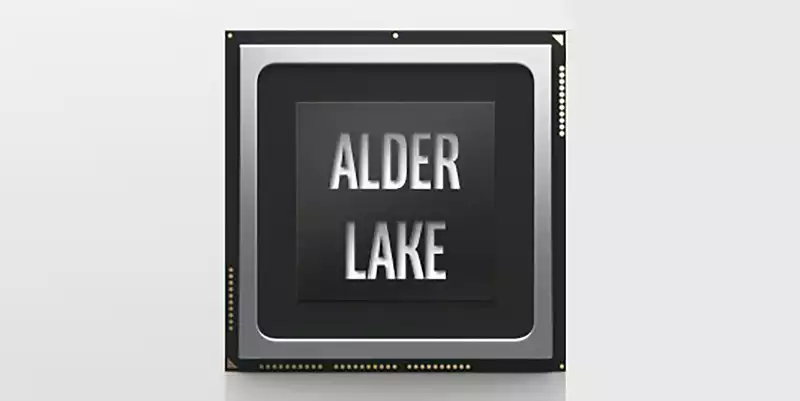Intel has confirmed that production of its Alder Lake CPUs with a radical new hybrid architecture will start up later this year. This confirmation came at the same earnings call where Intel's new CEO, Pat Gelsinger, expressed confidence in the upcoming 7nm production node.
However, more information on Alder Lake was presented by outgoing CEO Bob Swan. He said, "We look forward to what we can offer our customers with Alder Lake for mobile and desktop PCs and Sapphire Rapids for the data center. These products leverage our Enhanced SuperFin process technology and numerous architectural improvements, and both products are being widely sampled by our customers.
"We expect to begin volume production of Alder Lake desktops and notebooks in late 2021 and Sapphire Rapids in late 2021.
The "Enhanced SuperFin process technology" Swan referred to is the latest revision of Intel's troubled 10nm production node. Originally scheduled for introduction in 2015, Intel's 10nm process is now at least five years behind schedule.
As it stands, Intel has yet to market a 10nm processor for desktop or notebook PCs with more than four cores. In fact, before these Alder Lake chips launch later this year, Intel plans to release yet another 14nm generation processor, known as Rocket Lake.
In this context, it is important to note that Alder Lake has been confirmed for release later this year. As regular readers know, Alder Lake will not only be Intel's first full-range 10nm processor, but will also introduce a radical new hybrid architecture.
Like the so-called big.LITTLE ARM-based chips found in smartphones and Apple's new M1 processor, Alder Lake combines both a large, high-performance CPU core and a small, highly efficient core, theoretically combining both in a single architecture that It combines the best of both worlds in a single architecture.
While a well-established approach in smartphones, such a hybrid architecture would be novel in the context of mainstream PCs, especially desktop PCs. The most significant doubts relate to the operating system's perception of the Windows OS.
In short, the operating system must be aware of the chip topology in order to schedule software threads to the appropriate cores. Otherwise, critical threads will be placed on smaller cores at least some of the time, which will degrade performance.
Even if the hardware is definitely on track by the end of this year, Intel absolutely must complete the software side of things before it can even think about bringing the chip to the world.


Comments